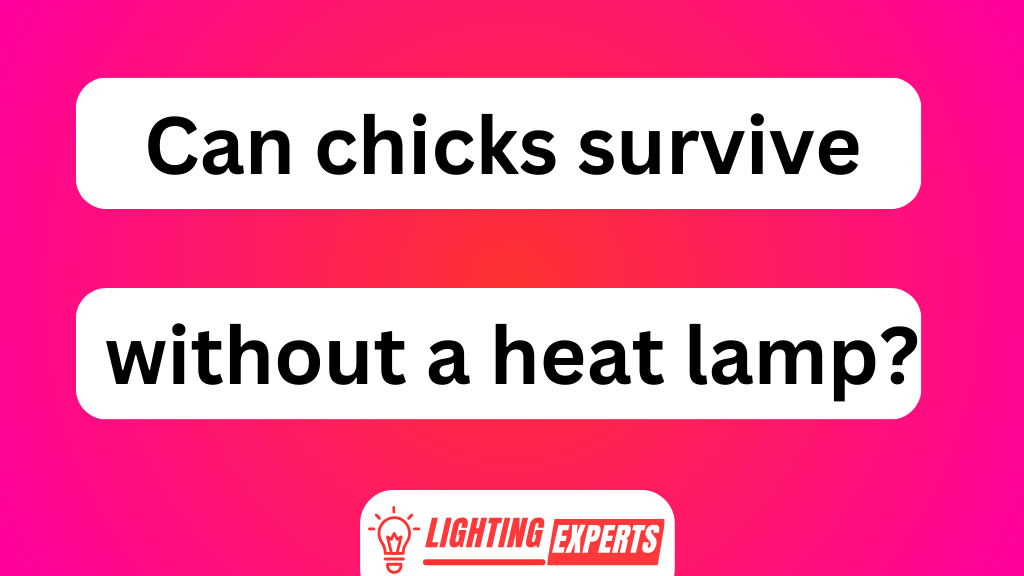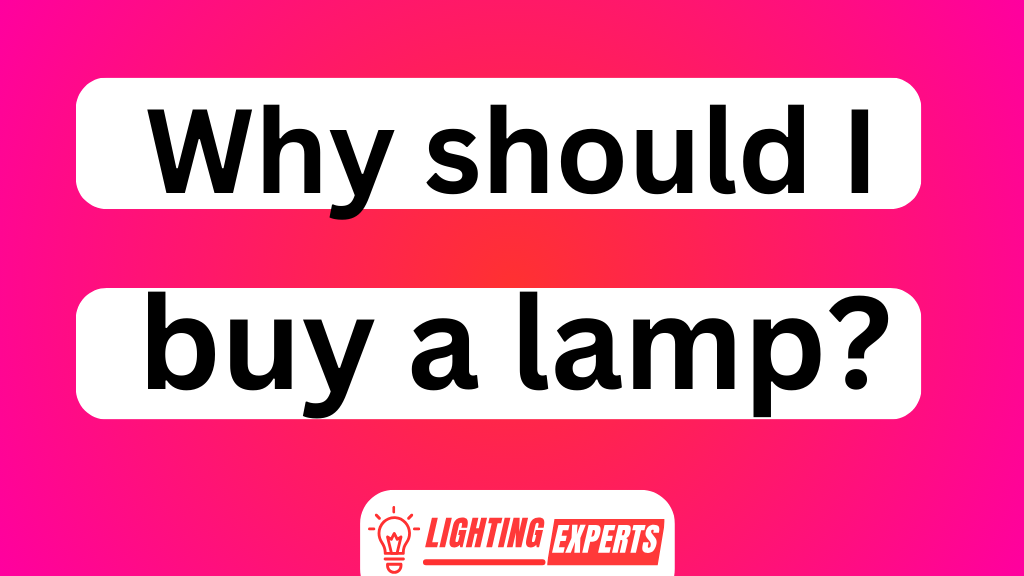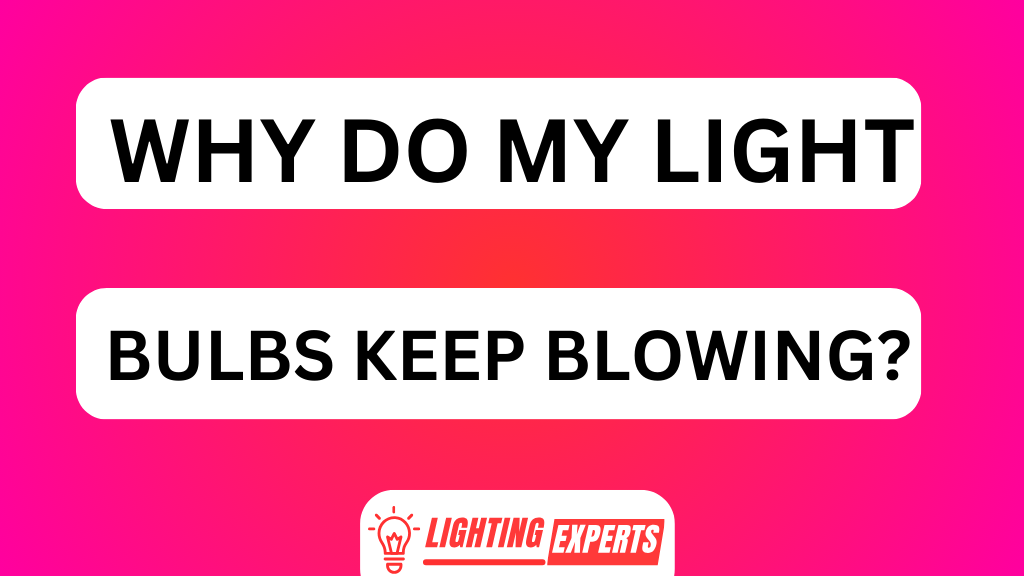Have you ever wondered if chicks can survive without a heat lamp? Well, we’re here to tell you that they absolutely can. In fact, many chicks thrive without the use of a heat lamp.
Our research has shown that there are natural alternatives to provide the necessary warmth for these little ones. Understanding their temperature needs and gradually reducing heat dependence are key factors in ensuring their survival. Can Chicks Survive Without a Heat Lamp
So let’s dive into this fascinating topic and explore how chicks can flourish even without the traditional heat source.
The Importance of Heat for Chicks
You need to understand the importance of heat for chicks when considering if they can survive without a heat lamp.
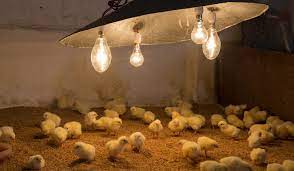
Chicks are highly dependent on heat during their early stage of life. While natural heat sources like broody hens or warm climates can provide sufficient warmth, artificial heat sources such as heat lamps are commonly used to ensure the chicks’ well-being.
Heat is essential for their growth and development, as it helps regulate their body temperature and aids in digestion. Gradually reducing the amount of heat provided by a heat lamp imitates natural conditions and encourages chicks to develop their own ability to regulate body temperature. This gradual reduction benefits them by promoting independence and strengthening their immune system.
However, it is important to explore natural alternatives to heat lamps that can provide a safer and more sustainable environment for the chicks.
Now let’s discuss some natural alternatives to heat lamps…
Natural Alternatives to Heat Lamps
When it comes to providing heat for chicks, it is important to consider safe heat sources, temperature regulation methods, and potential risks involved.

Safe heat sources such as brooder plates or radiant heaters help maintain a consistent and comfortable temperature for the chicks without the risk of fire.
Temperature regulation methods like adjusting the height of the heat source or using a thermometer can ensure that the chicks are neither too hot nor too cold.
However, it is crucial to be aware of potential risks such as overheating or insufficient heating, which can lead to health issues or even death for the chicks.
Safe Heat Sources
There’s a variety of safe heat sources that chicks can rely on to stay warm without a heat lamp. These alternatives provide the necessary warmth for optimal growth and development, while also ensuring their safety. Here are three safe alternatives for heat regulation:
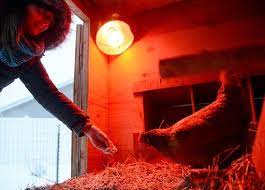
- Broody Hen: A broody hen can provide natural warmth and protection to chicks by allowing them to snuggle under her feathers.
- Heat Plate: A heat plate mimics the warmth provided by a mother hen, creating a cozy environment for chicks with adjustable temperature settings.
- Heating Pad: An electrical heating pad designed specifically for chicks offers controlled and consistent heat distribution.
These safe alternatives not only keep chicks warm but also reduce the risk of accidents or fires associated with traditional heat lamps. By providing an alternative source of warmth, we ensure the well-being and comfort of these young birds as they grow.
Now, let’s explore various methods used to regulate the temperature in chick rearing.
Temperature Regulation Methods
To regulate the temperature for chick rearing, it’s important to consider alternative methods that provide optimal warmth and comfort.
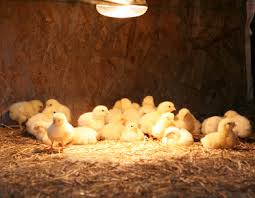
Chicks have a natural instinct for self-regulating behavior, which allows them to maintain their body temperature within a specific range.
One of the most effective brooding techniques is using a brooder plate or heating pad. These devices provide a warm surface that mimics the warmth of a mother hen.
The chicks can snuggle up to the plate when they feel cold and move away when they become too warm. This method promotes natural behavior and reduces the risk of overheating or chilling.
Additionally, providing adequate bedding such as straw or wood shavings helps retain heat and create a cozy environment for the chicks.
Potential Risks Involved?
Using a brooder plate or heating pad can pose risks such as electrical hazards or potential burns if not properly monitored. It is important to be aware of the potential dangers associated with using heat lamps for chicks.
Here are three risks of using heat lamps:
- Fire hazard: Heat lamps can emit intense heat and if they come into contact with flammable materials, they can cause a fire.
- Inadequate temperature control: Heat lamps may not provide consistent and uniform heat distribution, leading to hot spots or cold areas in the brooder.
- Increased stress levels: Bright lights from heat lamps can disrupt the natural day-night cycle for chicks, causing stress and negatively impacting their growth.
Fortunately, there are alternatives to heat lamps that minimize these risks. Brooder plates and heating pads provide safer options for maintaining an appropriate temperature in the chick’s environment.
Understanding Chicks’ Temperature Needs
When it comes to raising chicks, heat lamp alternatives are worth considering due to their potential benefits.
Understanding the effects of temperature fluctuations on chicks is crucial for their overall well-being and development.
Additionally, it is important to take into account the natural instincts of chicks when providing them with a suitable environment.
Heat Lamp Alternatives
Chicks can survive without a heat lamp by utilizing alternative methods. While heat lamps are commonly used to provide warmth in brooders, there are other options available that can effectively maintain the chicks’ temperature requirements.
Here are three brooder alternatives and DIY heating methods to consider:
- Heat plates: These are specially designed heating devices that mimic a mother hen’s warm underside. They provide radiant heat from below, allowing the chicks to snuggle close and regulate their own body temperature.
- Heating pads: By placing a low-level heating pad underneath part of the brooder floor, you can create a warm zone for the chicks to seek out when needed. Make sure to monitor the temperature carefully and adjust accordingly.
- Cozy corners: Creating small, insulated areas within the brooder using straw or cardboard boxes can help trap heat and provide a cozy spot for chicks to huddle together.
Temperature Fluctuations Effects
Despite temperature fluctuations, it’s important to ensure that the chicks’ environment remains within their required temperature range.
Temperature variations can have long-term effects on the growth and development of chicks. Research has shown that exposing chicks to inconsistent temperatures can negatively impact their growth rates and overall health.
Fluctuating temperatures can cause stress on the birds’ bodies, leading to decreased feed intake and slower weight gain. In extreme cases, it can even result in mortality.
Maintaining a stable temperature is crucial for optimal chick development, as it allows them to efficiently utilize nutrients and energy for growth. This is especially important during the first few weeks of life when chicks are most vulnerable.
Chicks’ Natural Instincts
Maintaining a controlled environment with consistent temperatures is crucial to ensure that the chicks’ natural instincts are supported. Chicks’ behavior patterns and natural brooding instincts are closely tied to their ability to regulate body temperature and seek warmth.
Here are three important factors to consider:
- Huddling: Chicks have an innate instinct to huddle together for warmth, especially during the early stages of life. This behavior helps them conserve body heat and maintain a comfortable temperature.
- Feather Development: Adequate warmth is essential for proper feather development in chicks. Feathers act as insulation, allowing them to regulate their body temperature effectively. Without a heat source, chicks may struggle with feather growth, making them more susceptible to cold stress.
- Foraging Behavior: In a warm environment, chicks feel secure and can focus on exploring their surroundings and developing foraging skills. When deprived of warmth, chicks may become less active or exhibit abnormal behaviors due to discomfort.
Signs of Overheating in Chicks
If chicks are panting heavily and have droopy wings, it may be a sign that they are overheating. Overheating symptoms in chicks can occur when the ambient temperature is too high or when there is inadequate ventilation in their environment.
In order to prevent overheating, it is important to provide appropriate cooling methods for the chicks. One effective method is using fans or providing shade to reduce the overall temperature of their surroundings. Additionally, ensuring proper air circulation and ventilation can help dissipate heat and keep the chicks cool.
It is also crucial to monitor the temperature regularly and adjust accordingly to maintain a comfortable environment for the chicks. By being aware of these overheating symptoms and implementing appropriate cooling methods, we can ensure the well-being and survival of our young poultry.
Tips for Gradually Reducing Heat Dependence
To gradually reduce their dependence on heat, you can start by decreasing the temperature in their environment a little each day. Chicks are highly sensitive to changes in temperature, so it’s important to make adjustments slowly and carefully.
Here are three tips for gradually reducing heat exposure and helping chicks adjust to cooler temperatures:
- Lower the heat lamp temperature: Gradually decrease the heat emitted by the lamp over several days. This will allow chicks to acclimate to slightly cooler conditions without causing them stress or discomfort.
- Provide alternative sources of warmth: Introduce other heating options such as radiant panels or heated pads, which distribute heat more evenly throughout the brooder area. This encourages chicks to move around and find their own comfort zones.
- Monitor chick behavior: Observe how your chicks respond to changes in temperature. If they huddle together excessively or show signs of distress, it may indicate that they still require additional warmth.
Common Mistakes When Raising Chicks Without a Heat Lamp
One common mistake when raising chicks without a heat lamp is neglecting to provide alternative sources of warmth. Chicks are delicate creatures that require a consistent and adequate temperature for their growth and survival. While heat lamps have traditionally been used to meet this need, there are other options available. It is important to consider the specific needs of the chicks and choose an alternative heat source accordingly. Some viable alternatives include brooders, heating pads, radiant heaters, infrared bulbs, and even natural sunlight in certain conditions. These alternatives can provide sufficient warmth while reducing the potential risks associated with traditional heat lamps, such as fire hazards or overheating. By ensuring that chicks without a heat lamp have access to suitable alternative heat sources, we can create a safe and comfortable environment for their development.
| Alternative Heat Sources | Pros |
|---|---|
| Brooders | Provides controlled warmth |
| Heating Pads | Mimics mother hen’s body heat |
| Radiant Heaters | Efficiently warms up the space |
| Infrared Bulbs | Generates gentle and even heat |
| Natural Sunlight | Free source of warmth and light |
Success Stories: Chicks Thriving Without a Heat Lamp
You can see success stories of chicks thriving and growing strong even without a heat lamp. While it may seem counterintuitive to raise chicks outdoors without the use of a heat source, there are instances where this method has proven successful.
Here are three key factors that contribute to the success of raising chicks without a heat lamp:
- Broody Hen: When a hen becomes broody, she instinctively sits on her eggs to keep them warm and provide the necessary heat for their development. A broody hen can be an excellent surrogate mother for newly hatched chicks, ensuring they receive the warmth and protection they need.
- Sheltered Environment: Providing a safe and sheltered environment is crucial when raising chicks outdoors without a heat lamp. This includes access to a secure coop or nesting area that protects them from predators, inclement weather, and excessive cold.
- Natural Heat Sources: Chicks raised outdoors can benefit from natural heat sources such as sunlight during the day and body heat from other chickens in the flock at night. These natural sources provide sufficient warmth for their growth and development.
While it is important to monitor environmental conditions closely when raising chicks without a heat lamp, these success stories demonstrate that under certain circumstances, it is possible for them to thrive outdoors with alternative sources of warmth.
Frequently Asked Questions
How Long Do Chicks Typically Need a Heat Lamp For?
Typically, chicks need a heat lamp for about 4-6 weeks. To gradually decrease usage, we can adjust the height or wattage of the heat lamp. Alternative methods for keeping chicks warm include brooder heaters and heating pads.
What Are Some Signs That Chicks May Be Too Cold Without a Heat Lamp?
Signs of cold chicks include huddling together, lethargy, and decreased appetite. Alternatives to a heat lamp include brooding with a hen, using a heating pad or plate, or utilizing a radiant heater for warmth.
Can Chicks Be Kept Outdoors Without a Heat Lamp?
Keeping chicks warm without a heat lamp is possible by providing alternative outdoor heating methods. Research-based options include using broody hens, insulated housing, and supplemental heat sources like radiant heaters or heated pads.
Are There Any Risks to Raising Chicks Without a Heat Lamp?
There are risks to raising chicks without a heat lamp, such as hypothermia and stunted growth. However, alternative heat sources like brooder plates or infrared bulbs can provide adequate warmth for the chicks.
How Do I Know if My Chicks Are Ready to Be Weaned off the Heat Lamp?
We can determine if chicks are ready to be weaned off the heat lamp by observing signs of readiness, such as feather development and their ability to regulate body temperature. Transitioning gradually ensures their survival without a heat lamp.
Conclusion
In conclusion, we have explored the possibility of chicks surviving without a heat lamp and discovered that it is indeed possible. By understanding their temperature needs and providing natural alternatives to heat lamps, such as brooders or heating pads, chicks can thrive without artificial heat sources.
However, it is important to closely monitor their behavior for signs of overheating and gradually reduce their dependence on heat. While raising chicks without a heat lamp may seem unconventional, many success stories prove that it can be done with careful attention and proper care.
So go ahead and embrace this anachronistic approach to chick rearing – your feathered friends will thank you!
